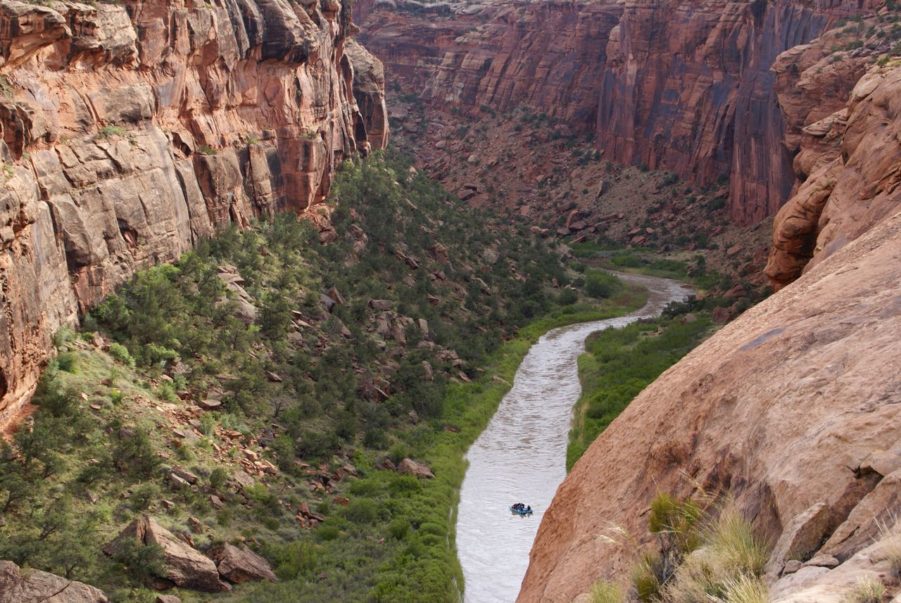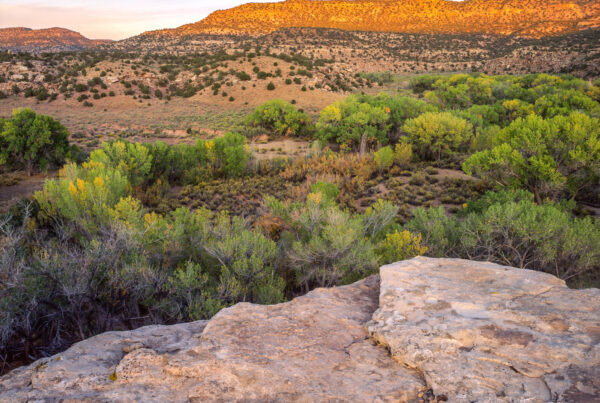Breaking: The House Natural Resource Committee passed the Colorado Wilderness Act! This bill would advance protections sorely needed to safeguard some of Colorado’s most breathtaking wild areas, like the lower Dolores river area. The Act is in alignment with recent polling that shows West Slope voters strongly advocate for increased protections.
See our full press release below:
House Natural Resources Committee Passes Colorado Wilderness Act
Historic legislation will bring protection to Colorado’s most iconic canyons and mesas
Contact:
Mark Pearson, Executive Director, San Juan Citizens Alliance, (970) 259-3583, ext 1
Julie Mach, Conservation Director, Colorado Mountain Club, (303) 996-2764
Lauren Berutich, Associate Director, Great Old Broads for Wilderness (970) 385-9577
Durango, CO (November 20, 2019) — Conservation, recreation and wildlife groups across western Colorado welcomed a vote in the House Natural Resources Committee today to advance long needed protections for some of Colorado’s most dramatic canyon wildlands. The Colorado Wilderness Act (HR 2546) greatly expands the ecological diversity of wilderness areas in Colorado to include dramatic lower elevation canyonlands in the Arkansas and Dolores river areas.
The bill’s primary sponsor, Colorado Representative Diana DeGette, has pursued wilderness protections for areas under the Bureau of Land Management’s jurisdiction for 20 years. She is joined by co-sponsor Rep. Joe Neguse. The House Natural Resources Committee passed the bill by a 21-13 vote.
Additional wilderness protections for desert canyons and mesas is strongly supported by western Colorado voters, with recent polling indicating a two-thirds majority advocating legislative action. The Colorado Wilderness Act encompasses protections for 32 areas covering 607,000 acres in western and southern Colorado.
The following are quotes from stakeholders who have been working for decades to advance conservation efforts to protect Colorado’s canyonlands.
“We applaud today’s action to enact permanent protections for some of the most revered canyon wildlands in Colorado, such as the renowned Dolores River canyon,” said Mark Pearson, Executive Director of San Juan Citizens Alliance in Durango. “The BLM first proposed these areas be protected as wilderness almost 40 years ago, and it’s time Congress acted.”
“The Colorado Wilderness Act of 2019, HR 2546, is a bill whose passage is critical for Colorado as the state population continues to expand,” said Steve Bonowski, Board Member with Conservatives for Responsible Stewardship. “Wild places in Colorado are both shrinking in number and in size. Now is the time to protect the acreage that is contained in HR 2546. Two years from now may be too late. And, in addition, this bill serves as a solid reminder that ‘Conservation Is Conservative.’ ”
“The Colorado Wilderness Act protects incredible recreation opportunities across an array of unique landscapes in Colorado,” said Julie Mach, Conservation Director at Colorado Mountain Club. “Hiking, horseback riding, mountaineering, and whitewater paddling opportunities are protected for future use and the bill avoids existing incompatible recreation assets like mountain bike trails and bolted rock-climbing routes, earning endorsement from the Colorado Mountain Club and Outdoor Alliance.”
“Protecting Colorado’s vast landscapes rich with wildlife, biodiverse ecosystems, cultural history, and endless recreational opportunities is not only an honor, but a core responsibility of the community,” Lauren Berutich, Associate Director, Great Old Broads for Wilderness. “The old saying alludes we do this for generations to come, but in this political climate and with America’s growing demand for resources, it is imperative that we act now, for this generation and then for those to follow. Great Old Broads for Wilderness support the Colorado Wilderness Act and celebrate DeGette’s dedication to preserving untouched, wild landscapes- protecting watersheds, building climate resilient systems, and recognizing the need to protect threatened species.”




